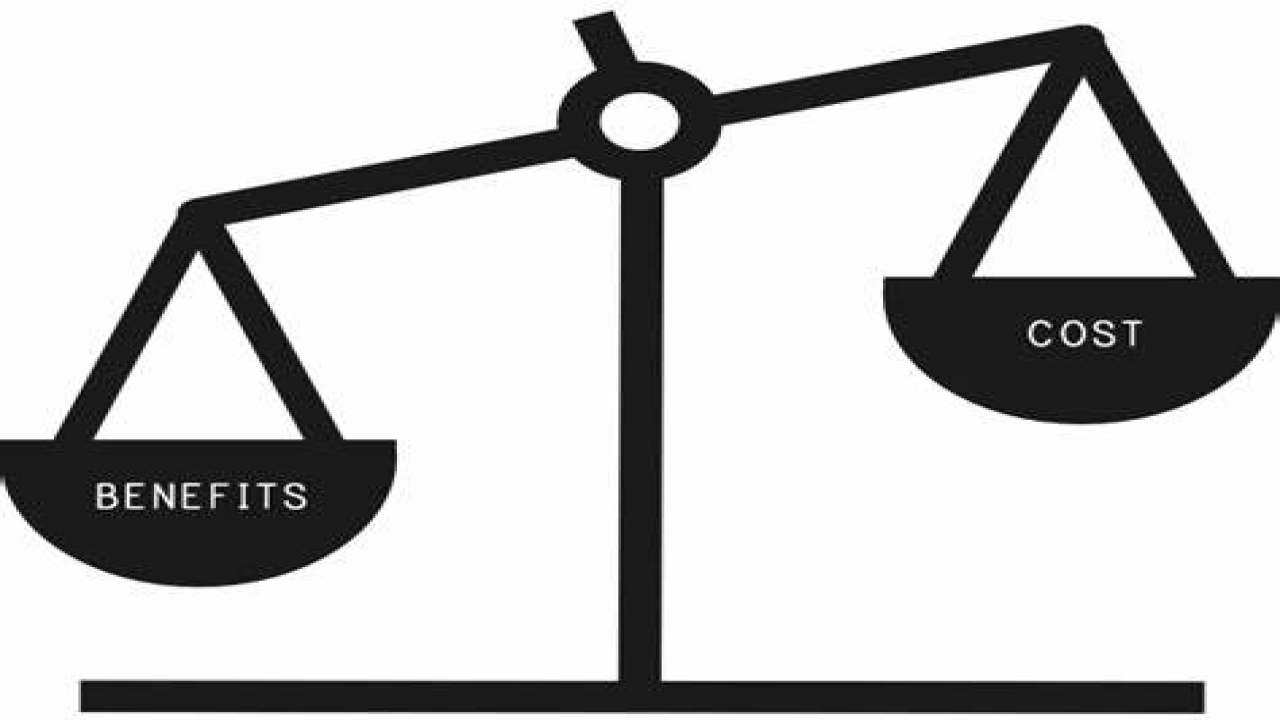Benefit cost ratio
When considering a proposed project, it is essential to assess its potential benefits and costs accurately. While financial analysis is a common approach, it does not always capture the complete picture. In such cases, a ratio known as the cost-benefit ratio comes into play.
Understanding the Cost-Benefit Ratio
The cost-benefit ratio is a tool used to determine the relationship between the costs and benefits of a proposed project. Traditionally, financial analysis has been employed to evaluate projects based on monetary terms. However, not all benefits and costs can be easily quantified in financial terms. The cost-benefit ratio seeks to overcome this limitation by considering both quantitative and qualitative aspects.
Quantitative and Qualitative Measures
Quantitative measures refer to those benefits and costs that can be expressed numerically. These include factors such as increased revenue, reduced expenses, and tangible assets. On the other hand, qualitative measures are non-monetary aspects that may be harder to quantify. These can include improved customer satisfaction, enhanced brand reputation, or social and environmental impacts.
Benefits of the Cost-Benefit Ratio
- Holistic Evaluation: The cost-benefit ratio enables a more comprehensive evaluation of a project’s potential. By considering both quantitative and qualitative measures, it provides a more holistic perspective, avoiding a narrow focus on financial aspects alone.
- Decision Making: The ratio helps decision-makers assess the viability and desirability of a project. By weighing the benefits against the costs, it aids in determining whether a project should proceed or be abandoned. This ensures that projects are not evaluated solely on financial gains but also consider intangible benefits.
- Non-Financial Factors: Many projects have far-reaching implications beyond financial returns. The cost-benefit ratio allows decision-makers to account for social, environmental, and ethical considerations, leading to more socially responsible and sustainable choices.
Calculating the Cost-Benefit Ratio
Calculating the cost-benefit ratio involves quantifying both the costs and benefits associated with a project. For quantitative measures, monetary values are assigned to each item. When dealing with qualitative factors, an assessment is made using expert opinions, surveys, or qualitative data analysis. Once all costs and benefits are identified and quantified, the ratio is calculated by dividing the total benefits by the total costs.
Limitations and Challenges
While the cost-benefit ratio offers a more inclusive evaluation approach, it is not without its limitations. Some challenges include:
- Subjectivity: Assessing qualitative factors involves subjectivity and can be influenced by personal biases. This subjectivity may affect the accuracy and reliability of the ratio.
- Complexity: Quantifying qualitative measures can be challenging due to their inherent complexity. Assigning monetary values to intangible benefits may require extensive research and analysis.
- Future Uncertainty: Projected benefits and costs may not always materialize as anticipated. External factors such as market conditions or unforeseen events can significantly impact project outcomes, affecting the validity of the ratio.


